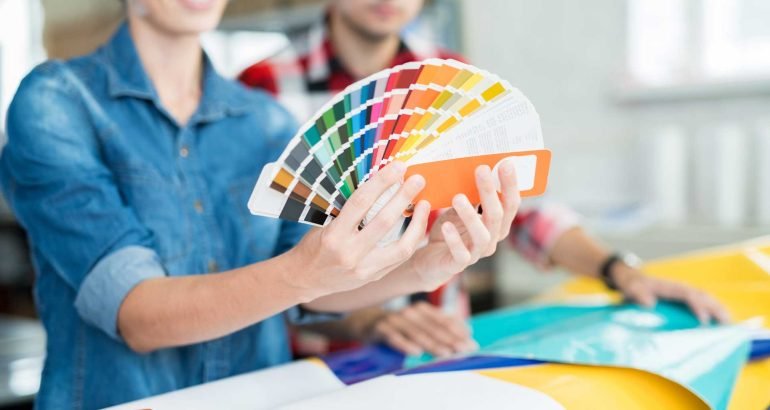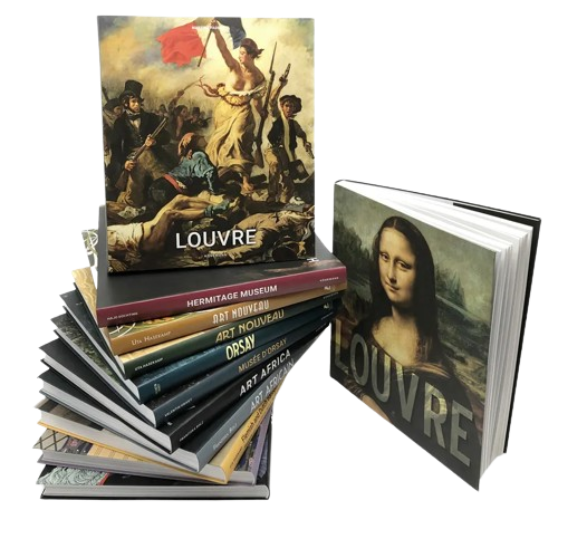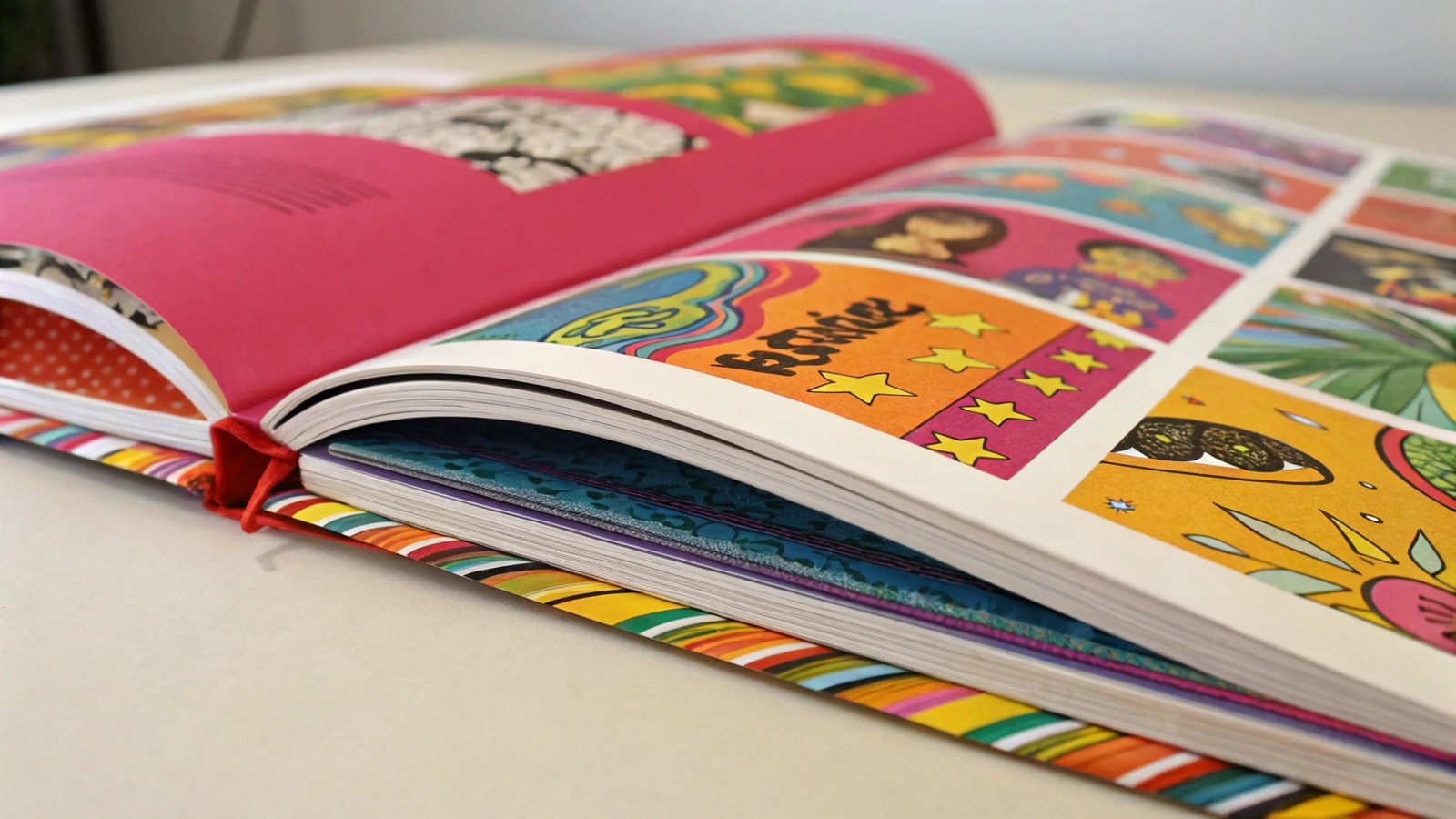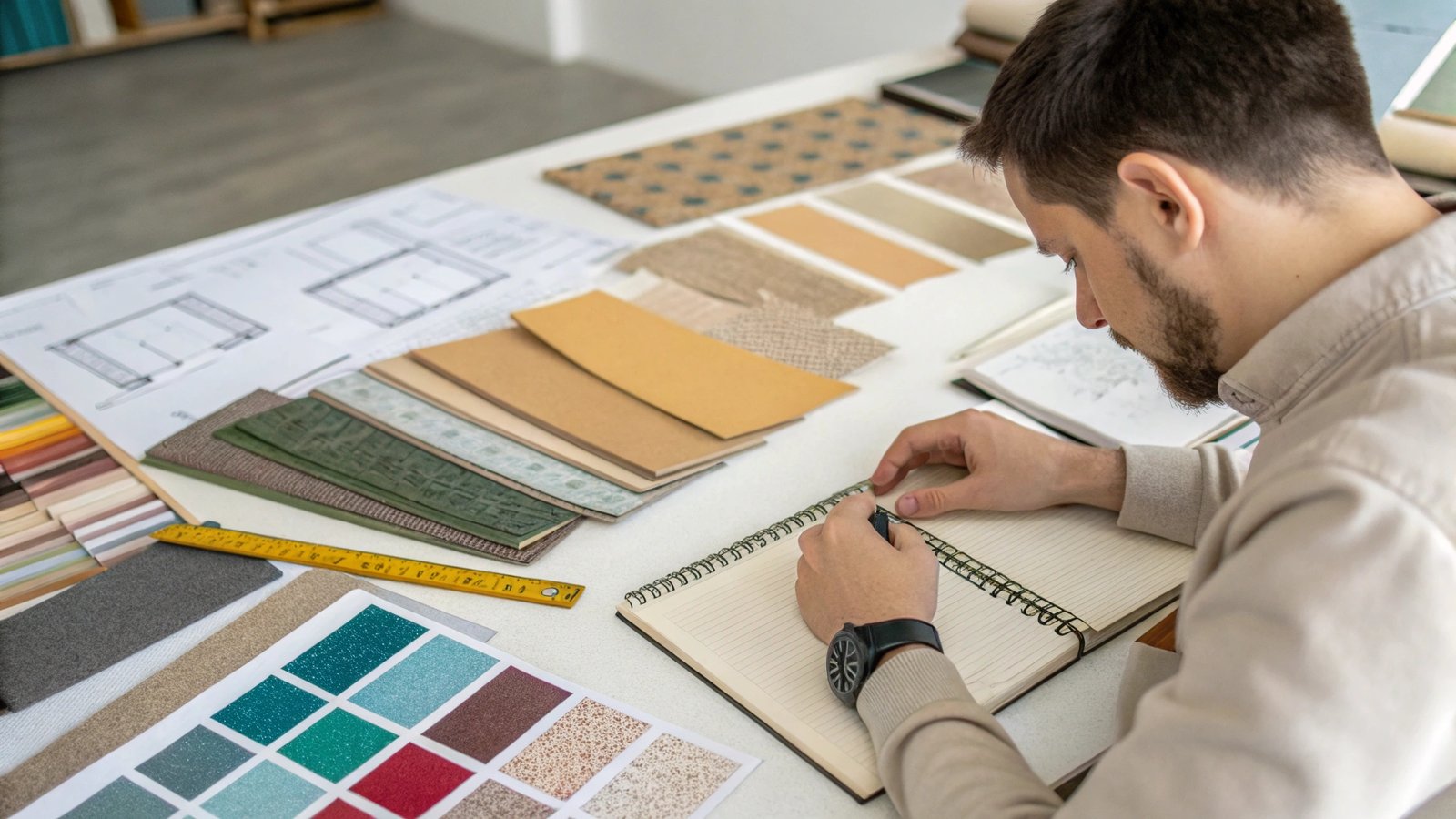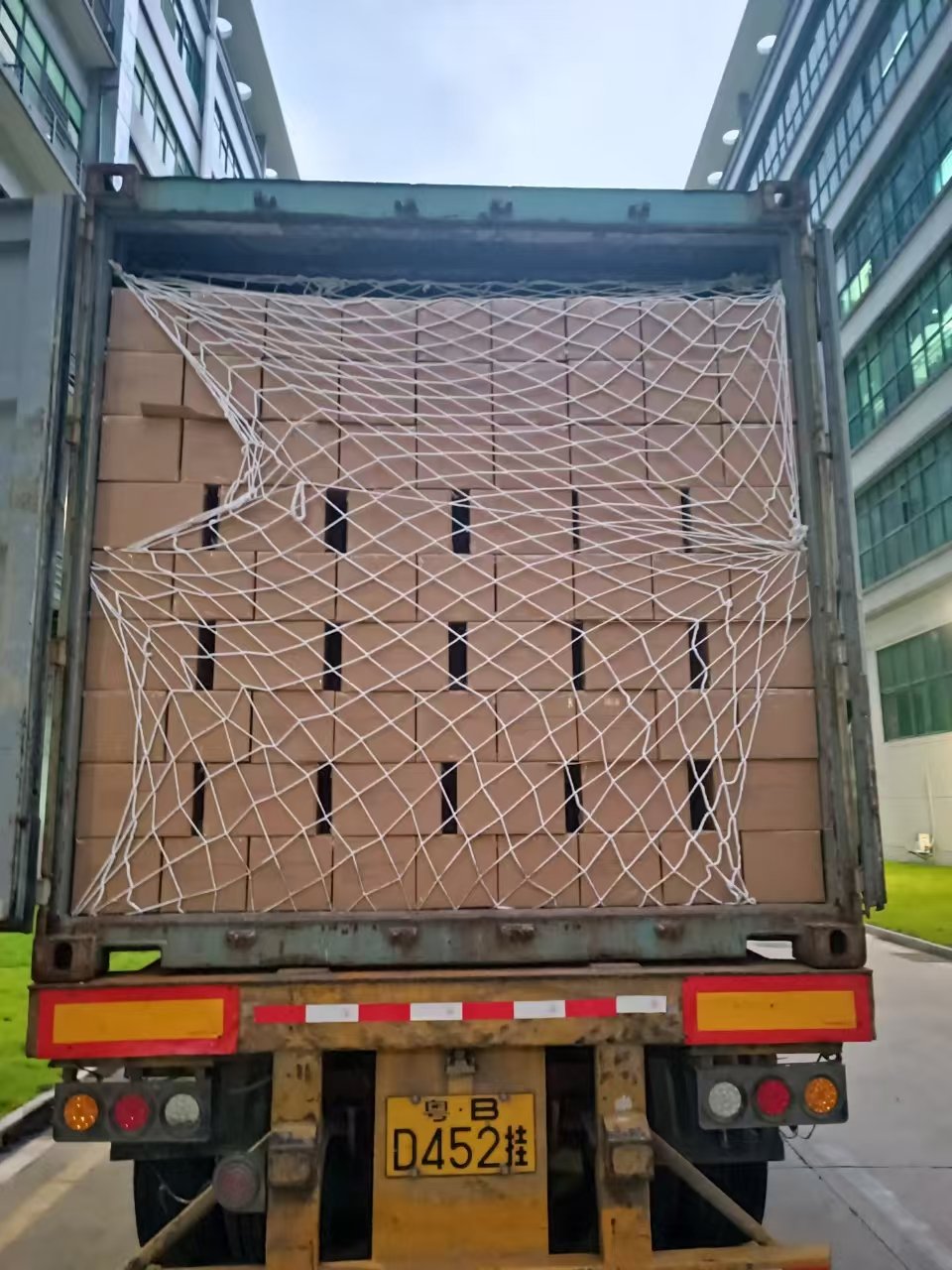Worried about choosing the wrong printer in China? Their mistake could cost you time, money, and your book’s reputation. I’ll share my family’s time-tested tips to help you choose right.
To find a great printer, you must verify their specialization, check quality control systems, and ensure clear communication. You should also compare overall value, not just the sticker price. Always ask for physical samples and check their reputation through real customer reviews before you commit to anything.
Finding the right partner for your book is one of the most important decisions you will make. This choice affects everything from the feel of the paper to the final cost and delivery date. After spending 37 years in this business, I have seen what separates a great printing partner from a simple supplier. I want to walk you through the key questions you need to ask. Let’s make sure your next book project is a success from start to finish.
Tip #1: How do you verify a printer’s experience and specialization?
Are you afraid a general printer can’t handle your unique book? A cheap, all-purpose printer might ruin delicate art books or complex bindings. The best solution is to look for a specialist who can show you proof of their expertise.
To check their experience, ask for a portfolio with books similar to yours, like art books, children’s books, or novels. See how long they have been in business. A company with decades of experience in a specific niche shows they have true, reliable expertise.
When my family started this business, we printed all kinds of things. But we learned quickly that to be great, you have to focus. Printing a children’s board book requires different skills and machinery than printing a high-end photography book. A specialist understands the specific needs of your project. They know which paper will make photos pop and which binding will hold up to use by little hands. This is why checking for specialization is my first tip. I remember a new client, an art gallery, came to us after a general printer used the wrong paper for their exhibition catalog. The images looked flat and lifeless. We had to reprint the entire run. That experience taught me a valuable lesson about the cost of not working with a specialist.
Why Specialization is Critical
Different books have different needs. A novel is mostly text and needs durable, lightweight paper. An art book needs thick, coated paper to show vibrant colors. A printer who specializes in your type of book already has the right equipment, the right materials, and the right knowledge. They don’t have to guess. They have solved problems like yours before.
What to Look for in a Portfolio
When you review a printer’s portfolio, look for specific details. Don’t just glance at the pictures. Ask for physical copies if you can.
| What to Ask For | Why It’s Important | A Red Flag |
|---|---|---|
| Books in your specific genre | Shows direct experience with your project type. | They only show you digital photos, not physical books. |
| Examples of special finishes | Proves they can handle things like foil or embossing. | They say they can do it but have no examples. |
| Information on the materials used | Helps you see if they use high-quality paper and ink. | They are vague about paper weights or ink types. |
Tip #2: What does real quality control in printing look like?
Are you worried about inconsistent quality or receiving defective books? Imagine opening a shipment to find thousands of copies with printing errors or bad binding. A strong, transparent quality control system prevents this kind of disaster.
You should look for official certifications like ISO 9001. You should also ask about their specific quality checkpoints. A great printer will check your files, inspect materials before printing, and offer a clear guarantee for any defective copies they might have missed.
Quality is not an accident. It is the result of a deliberate, step-by-step process. I once had a Print Production Director, Stephanie, visit us from the USA. She was responsible for a major publisher’s catalog and wanted to see our process firsthand. I walked her through our entire factory floor. We showed her how we check incoming paper for humidity, calibrate our presses every morning, and pull sheets for inspection every hour. She was most impressed when our team caught a tiny color imbalance on page 87 of her book. Most people would have missed it. For us, that is the standard. That is the level of detail you should demand from your printing partner. Don’t settle for a simple "we check for quality." Ask them to prove it.
Key Quality Certifications
Certifications show that a company is serious about standards. They are not just internal promises; they are verified by an outside organization.
- ISO 9001: This is the international standard for a quality management system. It means the company documents its processes, from taking your order to shipping your books, and is committed to continuous improvement. It proves they have a reliable system in place to catch errors.
The Quality Control Process: A Step-by-Step View
A good printer’s quality process should be easy to understand. It usually looks something like this:
- Pre-Press Check: An expert reviews your digital files for problems with resolution, color, or layout before any plates are made.
- Material Inspection: They check all paper, ink, and cover materials to make sure they match the specifications and have no defects.
- Press-Side Approval: You can approve a physical printed proof from the press to ensure the color is exactly right before the full run starts.
- In-Process Checks: Workers pull samples during the printing and binding process to look for any inconsistencies.
- Final Inspection: A final quality team checks a percentage of the finished books before they are packed for shipping.
Tip #3: How can you guarantee clear communication with an overseas printer?
Are you frustrated by language barriers and slow, confusing email replies? Miscommunication can lead to costly mistakes, missed deadlines, and a lot of stress. The solution is to choose a partner who has a dedicated, fluent communication team.
You can test their communication skills before you sign a contract. Send them a complex question and see how they answer. A good partner has English-speaking staff who understand technical printing terms. They should give you proactive updates so you do not have to chase them for information.
When I was younger, I studied in New York. This experience did not just teach me English; it taught me how different cultures communicate in business. It’s not just about the words you use. It’s about understanding expectations. A client in the US or Europe expects quick replies and clear, direct answers. I brought this understanding back to my family’s business. We invested heavily in training our client service team to be proactive. They don’t just answer questions. They anticipate them. They will confirm details you might have forgotten and send you updates before you think to ask. This bridge of communication is just as important as the printing press itself. It is the foundation of a good partnership.
Communication Red Flags
Be careful if you see these signs. They often point to bigger problems down the road.
- Vague Answers: They don’t answer your questions directly or give you unclear information.
- Long Delays: It takes them several days to reply to a simple email.
- No Dedicated Contact: You speak to a different person every time you call or email.
- Blaming Others: They blame you or other people when something goes wrong.
Best Practices for Clear Instructions
Good communication is a two-way street. You also have a role to play.
| Your Responsibility | Their Responsibility |
|---|---|
| Provide a detailed brief with all specifications. | Confirm they have received and understood all details. |
| Ask specific questions about the process. | Provide clear, timely answers in fluent English. |
| Consolidate feedback from your team into one email. | Assign a dedicated project manager to your account. |
| Confirm all major decisions in writing. | Provide regular, unprompted status updates. |
Tip #4: How do you evaluate price without sacrificing quality?
Are you tempted by a printing quote that seems too good to be true? The cheapest price often hides poor materials, bad service, or surprise fees later on. You need to focus on the total value you are getting, not just the unit cost.
Get detailed quotes from three or four different printers. Compare exactly what is included, like free physical samples, expert file checks, and all shipping terms. A slightly higher price from a trustworthy printer often means better quality and a much smoother process.
I have seen it happen many times. A publisher chooses a printer based on the lowest price per book. Then, the problems start. The paper feels cheap. The colors are not quite right. Suddenly, there are extra fees for shipping or customs that were not in the original quote. In the end, they spend more money and time fixing things than if they had chosen a better partner from the start. My father taught me to provide a price that is fair. It should be fair to the client and fair to us. It must be enough to cover high-quality materials and the skilled people who make the books. Our goal is not to be the cheapest. Our goal is to provide the best value and build a long-term partnership.
Understanding a Print Quote
A good quote should be an open book with no hidden secrets. It should clearly break down all the costs.
- Unit Cost: The price per book at different quantities.
- Setup/Plate Fees: A one-time cost to prepare the press for your job.
- Proofing Costs: Charges for digital or physical proofs.
- Finishing Costs: Extra charges for things like foil stamping or lamination.
- Shipping & Customs: The cost to get the books from their factory to your door.
Value vs. Price: A Comparison
Look beyond the numbers. See what you are really getting for your money.
| Feature | Low-Price Printer | Value-Focused Printer |
|---|---|---|
| Communication | Slow, hard to understand. | Fast, clear, with a dedicated manager. |
| Materials | Uses standard, cheaper paper and ink. | Suggests and uses high-quality, appropriate materials. |
| Problem Solving | Blames the client for issues. | Takes responsibility and finds a solution. |
| Hidden Fees | Shipping and other fees are often added later. | All costs are explained clearly from the start. |
Tip #5: How do you know if a printer can bring your creative vision to life?
Do you have a unique design with special paper, binding, or finishes? Many printers say they can handle custom requests. But not all of them can actually do it well. The solution is to ask for physical proof of their capabilities.
Send them your exact technical specifications. Ask them directly if they have produced a book with those specific features before. Most importantly, ask for physical samples of special finishes like embossing, foil stamping, or different textured papers. You need to see and feel the quality for yourself.
A few years ago, a prestigious art institution came to us. They wanted to create a book for a major exhibition. The design was very ambitious. It required a special Swiss binding1 so it could lay completely flat, and it used a unique pearlescent paper2 that was hard to print on. Other printers told them it was not possible. We love a good challenge. We worked with our paper suppliers and our binding team to create several handmade dummies3 for the client. They could hold each version in their hands and see exactly how it would look and feel. They chose one and the final book was a huge success. That is what a true partnership looks like. It’s about working together to turn a creative vision into a real, beautiful object.
Popular Customization Options
Your book should be unique. A good printer will offer a wide range of options to make it stand out.
- Binding: Smyth-sewn, case-bound, paperback, spiral-bound, Swiss-bound.
- Paper: Coated or uncoated, different weights, textures, and sustainable options like FSC-certified paper.
- Finishes: Foil stamping, embossing, debossing, spot UV, lamination (matte/gloss), die-cutting.
- Extras: Ribbon markers, head & tail bands, dust jackets, slipcases.
Technical Questions to Ask
Don’t be afraid to ask detailed technical questions. A good printer will have good answers.
| Ask About… | What a Good Answer Looks Like |
|---|---|
| Their Presses | "We use modern Heidelberg offset presses for the best color consistency." |
| Color Matching | "We are G7 certified and can match to your Pantone or CMYK proofs." |
| Special Finishes | "Yes, we can do that. Let me send you some physical samples of similar work." |
| Dummies/Prototypes | "We can create a blank dummy or a fully printed prototype for your approval." |
Tip #6: What should you know about shipping and logistics from China?
Are you worried about long shipping delays, damaged books, or hidden customs fees? Your books could get stuck at the port or arrive in poor condition. You must work with a printer who understands and manages international logistics expertly.
A reliable printer should offer you clear shipping options, like sea freight versus air freight. They must provide transparent pricing that includes all customs and delivery fees (this is called DDP shipping). Ask them for realistic timelines and details about how they pack the books to protect them during their long journey.
Early in my career, I learned a hard lesson about logistics. We had a large shipment of books for a client in Europe. The paperwork was filled out incorrectly by a new shipping agent. The books were held up in customs for three weeks. The client missed their launch date. It was a painful and expensive mistake. After that, I decided we needed to become experts in logistics ourselves. We built our own logistics team. They handle everything from packing the boxes securely to managing all the customs paperwork. Our clients should not have to worry about these things. The job is not done until the books are safely in your hands.
Understanding Shipping Terms
Shipping language can be confusing. Here are the most common terms you need to know.
- FOB (Free On Board): The printer is responsible for getting the books to the Chinese port. You are responsible for everything else (sea freight, insurance, customs, delivery).
- CIF (Cost, Insurance, and Freight): The printer pays for getting the books to your country’s port. You have to handle customs and final delivery.
- DDP (Delivered Duty Paid): This is the best option. The printer handles everything. The price includes all shipping, insurance, and customs fees, delivered right to your door.
Sea Freight vs. Air Freight
Choosing between sea and air shipping depends on your budget and your deadline.
| Factor | Sea Freight | Air Freight |
|---|---|---|
| Cost | Much cheaper, especially for large shipments. | Much more expensive, often 5-10 times the cost. |
| Speed | Slow. Takes 4-6 weeks to the US or Europe. | Fast. Takes 5-10 days. |
| Best Use Case | For large print runs where you have plenty of time. | For small, urgent shipments or getting advance copies quickly. |
Tip #7: How can you truly check a printer’s reputation?
Are you unsure if you can trust all the promises a printer makes on their website? Marketing can be very misleading. The best way to know the truth is to look for unbiased reviews and feedback from real clients.
Go beyond the testimonials on the printer’s own website. Look for reviews on independent platforms or professional industry forums. The most powerful thing you can do is ask the printer for references from clients in your country or your specific niche. A confident, high-quality printer will be happy to provide them.
A good reputation is not built overnight. It takes decades of doing excellent work and treating people with respect. My grandfather started this business with that simple principle, and my father continued it. I am proud to carry on that tradition. Our best marketing has always been word-of-mouth. We are always happiest when a new client tells us, "I came to you because a trusted colleague said you were the best." That is the kind of trust that cannot be bought. It has to be earned, one book at a time. A printer’s true reputation lives in the stories of their satisfied clients. Go find those stories.
Where to Find Authentic Reviews
Don’t just rely on what the printer tells you. Do your own research.
- Ask for References: This is the best method. Ask for contact information for 2-3 recent clients, preferably from your country.
- Industry Forums: Look for online communities of publishers or self-publishers and ask for recommendations.
- LinkedIn: See who the company is connected to. You might find a mutual connection you can ask for an honest opinion.
- Independent Review Sites: Look for reviews on platforms like Trustpilot, but be aware that these can sometimes be manipulated. Direct references are better.
Questions to Ask a Reference
When you speak to a reference, have a list of specific questions ready.
- How was the communication throughout the project?
- Was the final quality of the book what you expected?
- Were there any unexpected costs or delays?
- How did the printer handle any problems that came up?
- Would you work with them again on another important project?
Conclusion
Choosing the right printer is a critical partnership. Following these steps helps you find a partner who delivers exceptional quality, clear communication, and real value for your important project.
-
Explore this link to understand the unique benefits of Swiss binding and how it enhances book design. ↩
-
Discover the fascinating properties of pearlescent paper and its applications in high-quality printing. ↩
-
Explore this link to understand how handmade dummies enhance the book design process, ensuring client satisfaction and creative vision realization. ↩

